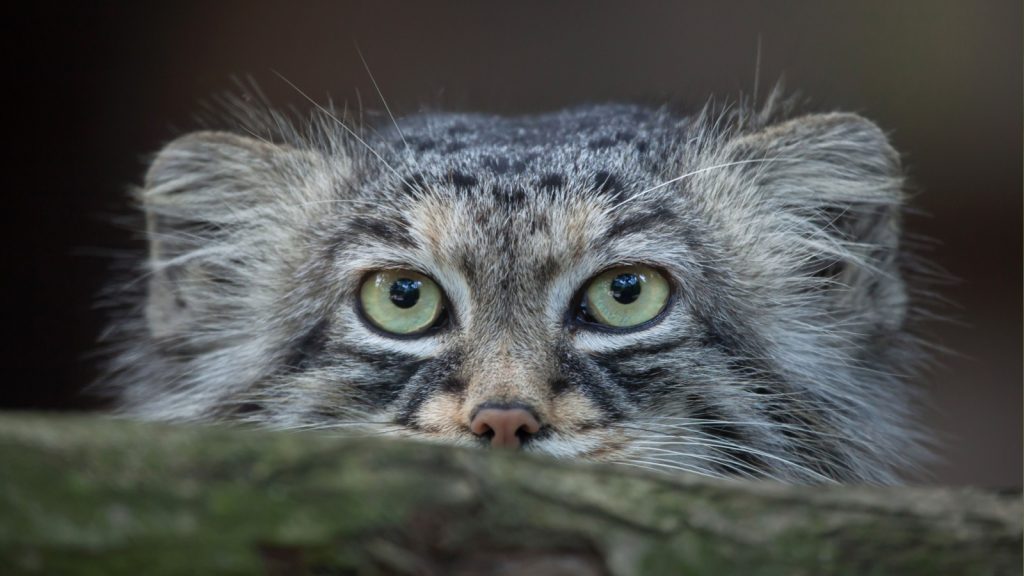Have you ever wondered what wild cats lurk in the shadows of our world’s most remote places? While lions and tigers, jaguars, and even ocelots deservedly get a lot of publicity, a host of lesser-known feline species roam the Earth, and each face the same if not greater challenges than the big cats we all know. These elusive cats, often small in size but big in personality, live in a variety of habitats from dense rainforests to arid deserts. Many of these wild cats are unfamiliar to most people, but they’re fascinating, intelligent, and sadly under threat. How many of these beautiful animals have you heard of?
Iriomote Cat
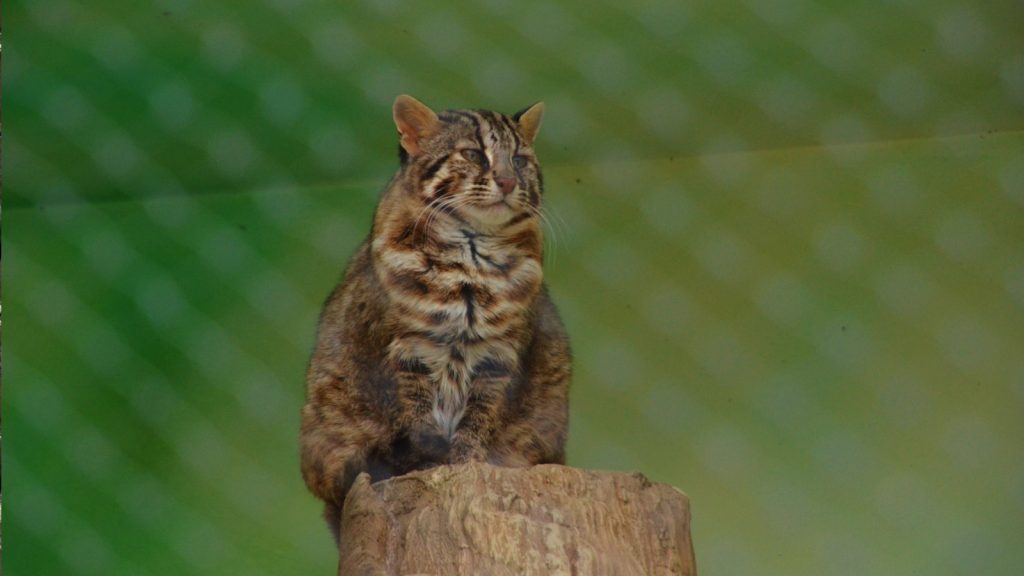
The Iriomote cat is a critically endangered wildcat found only on the tiny Japanese island of Iriomote. This small feline, a subspecies of the leopard cat, has been the focus of long-term conservation efforts in Japan. With its dark, spotted coat and webbed toes for swimming, the Iriomote cat is perfectly adapted to its island home. Sadly, with fewer than 100 individuals remaining, this unique cat faces an uncertain future.
Andean Mountain Cat
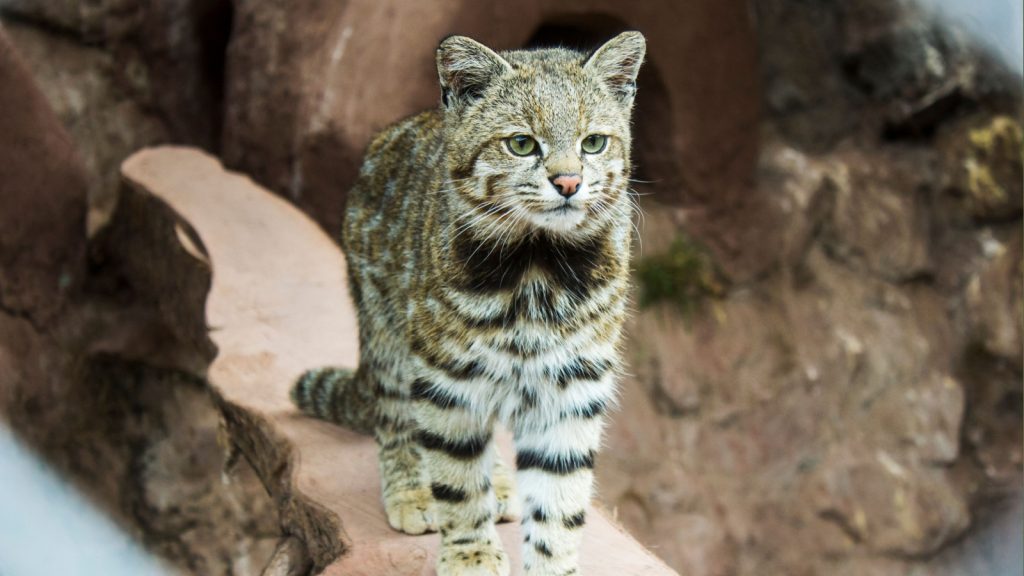
High in the Andes Mountains lives one of the world’s least-known felines, the Andean mountain cat. This small, gray-furred cat with distinctive dark bands on its tail is so rare that it was only photographed in the wild for the first time in 1980. Adapted to life at extreme altitudes, these cats face threats from habitat loss and hunting, making them one of the most endangered cats in the Americas.
Flat-Headed Cat
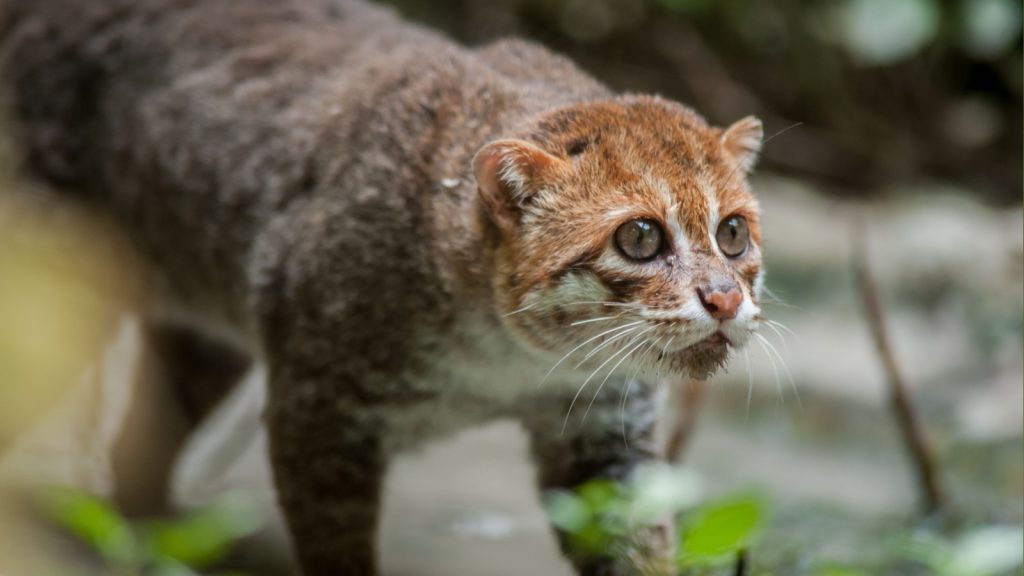
The flat-headed cat, native to Southeast Asia, is a living fossil among felines. Its unusual skull shape and webbed feet make it a skilled fisherman, able to scoop up prey from rivers and wetlands. Unfortunately, the destruction of its lowland forest habitat has pushed this unique cat to the brink of extinction, with only a few thousand individuals estimated to remain in the wild.
Black-Footed Cat
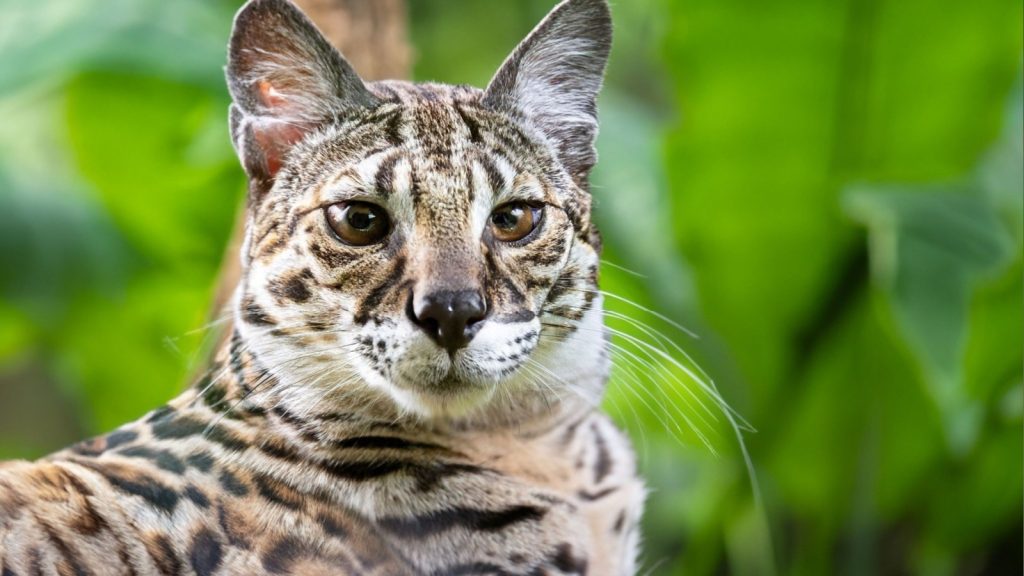
Don’t let its small size fool you – the black-footed cat of southern Africa is considered the deadliest cat in the world, with a 60% success rate in hunting. Weighing just 2-5 pounds, these fierce little felines are expert hunters of small prey in their arid habitat. Despite their impressive skills, habitat loss and degradation threaten their survival.
Marbled Cat
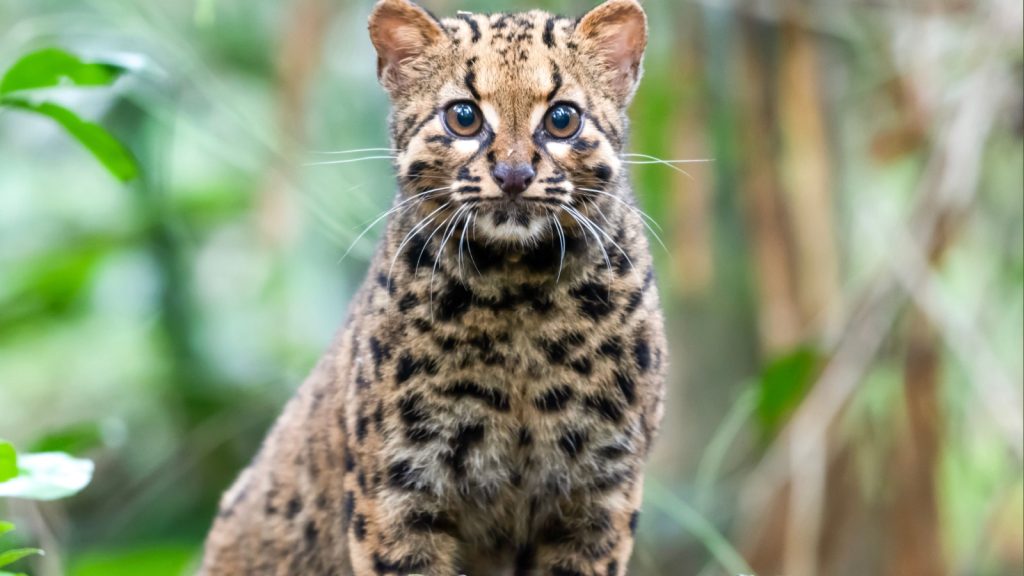
The marbled cat of Southeast Asia looks like a miniature clouded leopard, with its beautifully patterned coat. This small feline is an excellent climber, spending much of its time in the trees of tropical forests. Very little is known about its behavior in the wild, as it’s rarely seen by humans. Deforestation poses a significant threat to this mysterious cat’s survival.
Pallas’s Cat
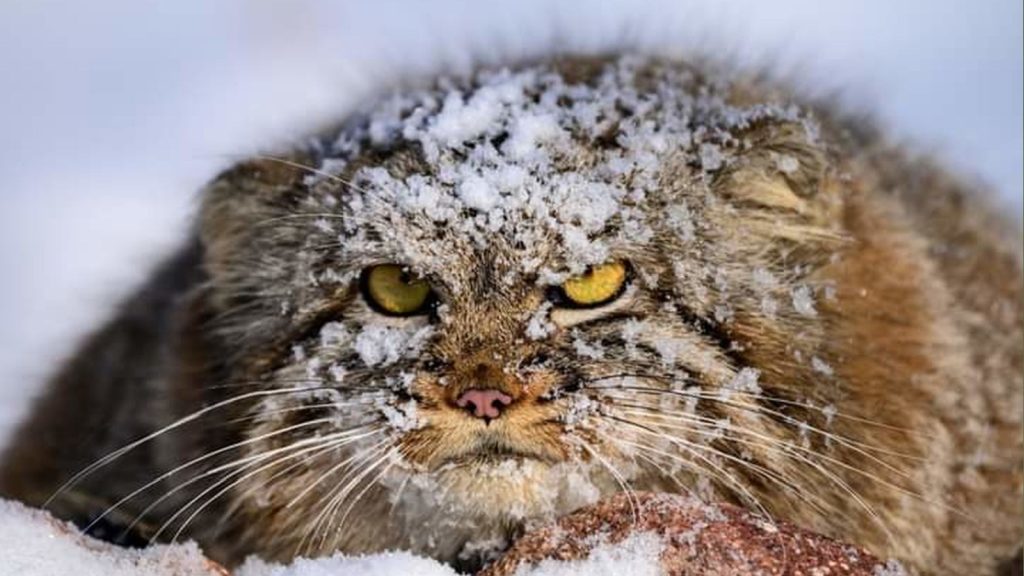
With its round face and fluffy fur, the Pallas’s cat might look cuddly, but it’s a fierce predator of the Asian steppes. Also known as the manul, this cat’s thick coat allows it to survive in harsh, cold environments. Despite its wide range across central Asia, the Pallas’s cat faces declining numbers due to habitat degradation and hunting.
Rusty-Spotted Cat
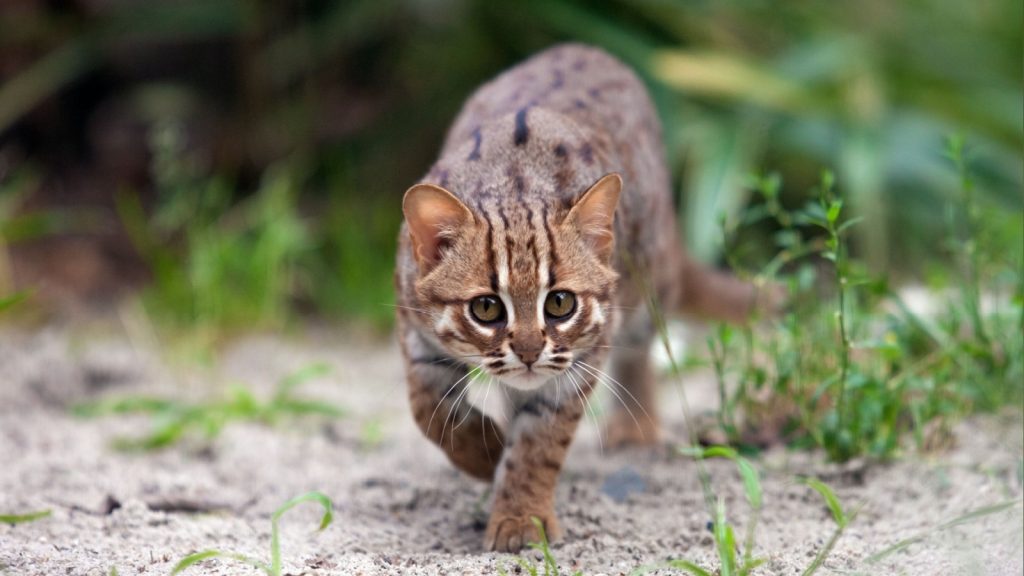
Often called the world’s smallest wild cat, the rusty-spotted cat weighs just 2-3 pounds when fully grown. Native to India and Sri Lanka, these tiny felines are known for their agility and climbing skills. Their diminutive size hasn’t protected them from threats, however, as habitat loss continues to impact their population.
Borneo Bay Cat
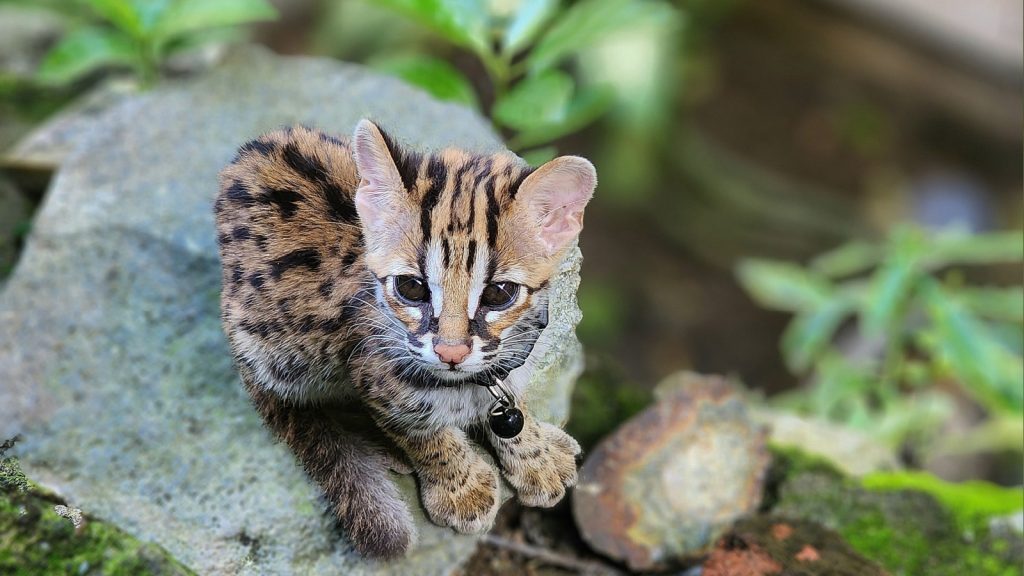
One of the world’s least-known cats, the Borneo bay cat is so rare that it wasn’t photographed in the wild until 2003. Endemic to the island of Borneo, this reddish-brown cat is threatened by extensive deforestation in its native habitat. With possibly fewer than 2,500 individuals left, the Borneo bay cat is a prime example of a species in desperate need of conservation efforts.
Jaguarundi
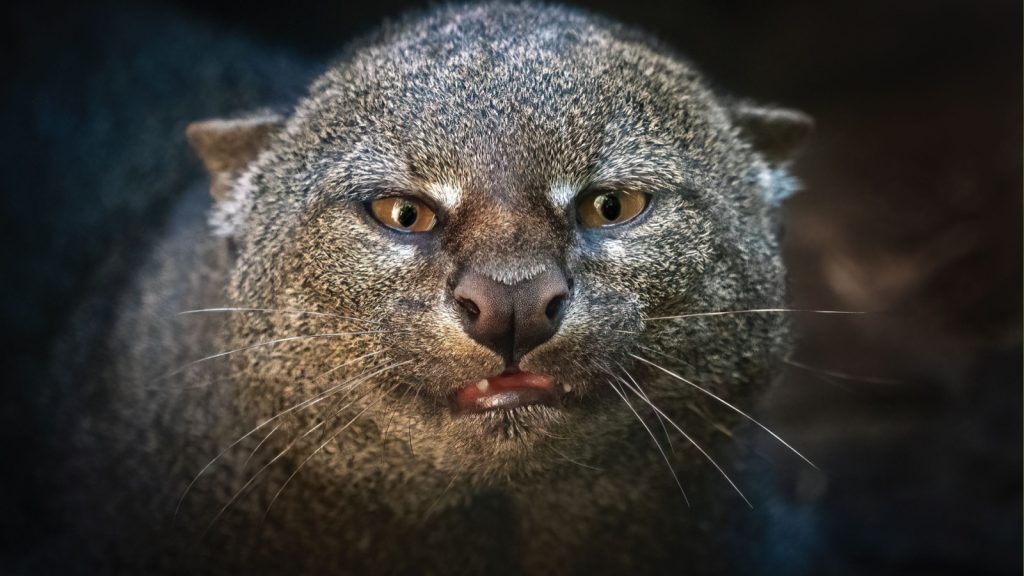
The jaguarundi stands out among small wildcats for its unusual appearance, resembling a large weasel more than a typical cat. Found from southern Texas to South America, this unique feline comes in two color phases: a dark phase and a red phase. Despite its wide range, the jaguarundi faces threats from habitat loss and fragmentation.
Fishing Cat

As its name suggests, the fishing cat is one of the few feline species that’s comfortable in water. Found in wetland habitats across South and Southeast Asia, this medium-sized wildcat has webbed feet and a water-resistant coat. Sadly, the draining of wetlands for agriculture and human development has severely impacted fishing cat populations.
Oncilla
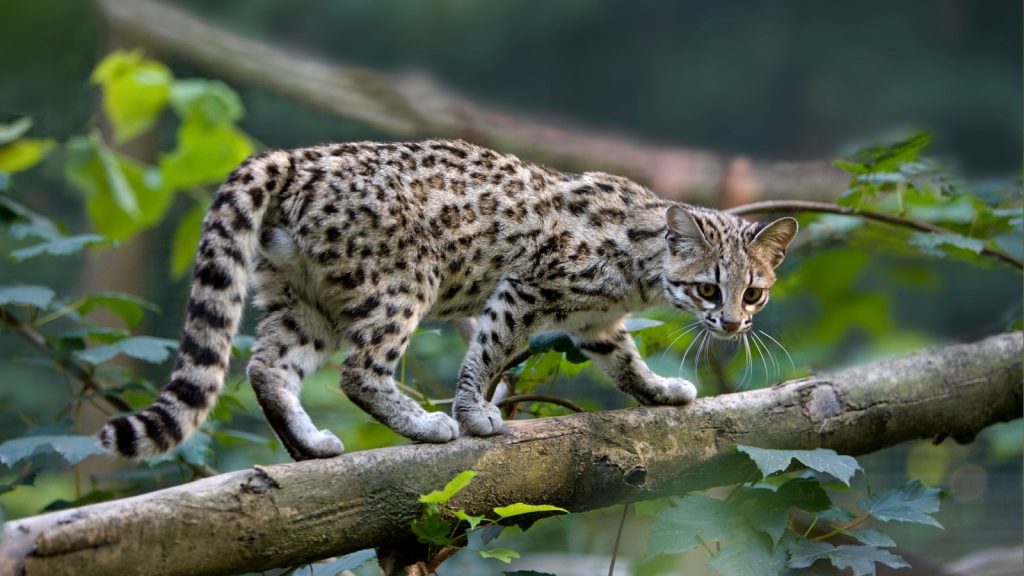
Also known as the little spotted cat, the oncilla is a small wildcat native to Central and South America. With its spotted coat, it resembles a miniature ocelot. These nocturnal cats are excellent climbers but face significant threats from deforestation and the illegal pet trade.
Sand Cat
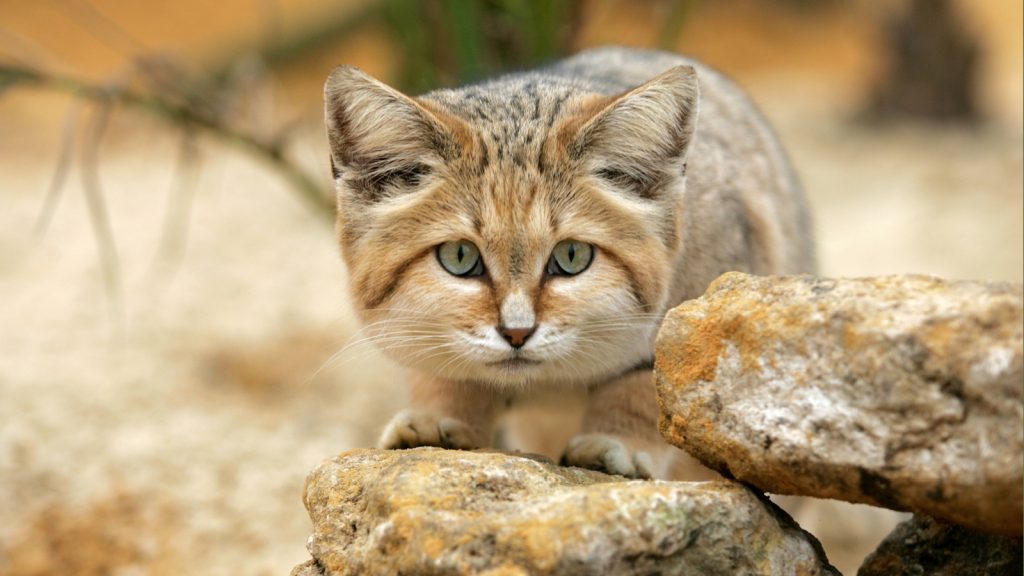
Adapted to life in the harshest desert environments, the sand cat is a true marvel of nature. Found in North Africa and parts of Asia, this small cat can survive without drinking water, getting all the moisture it needs from its prey. Despite its impressive adaptations, habitat degradation and capture for the pet trade threaten sand cat populations.
Kodkod
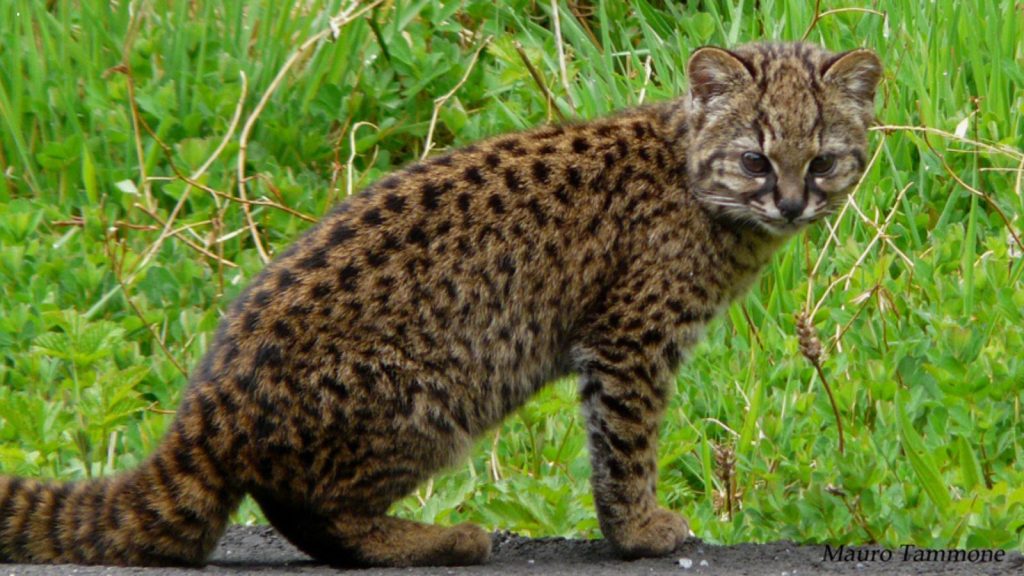
The kodkod, or güiña, is the smallest wild cat in the Americas, found only in central and southern Chile and marginal areas of Argentina. These tiny cats have adapted to a variety of habitats, from rainforests to scrublands. However, human encroachment and forest fragmentation pose significant challenges to their survival.
Chinese Mountain Cat
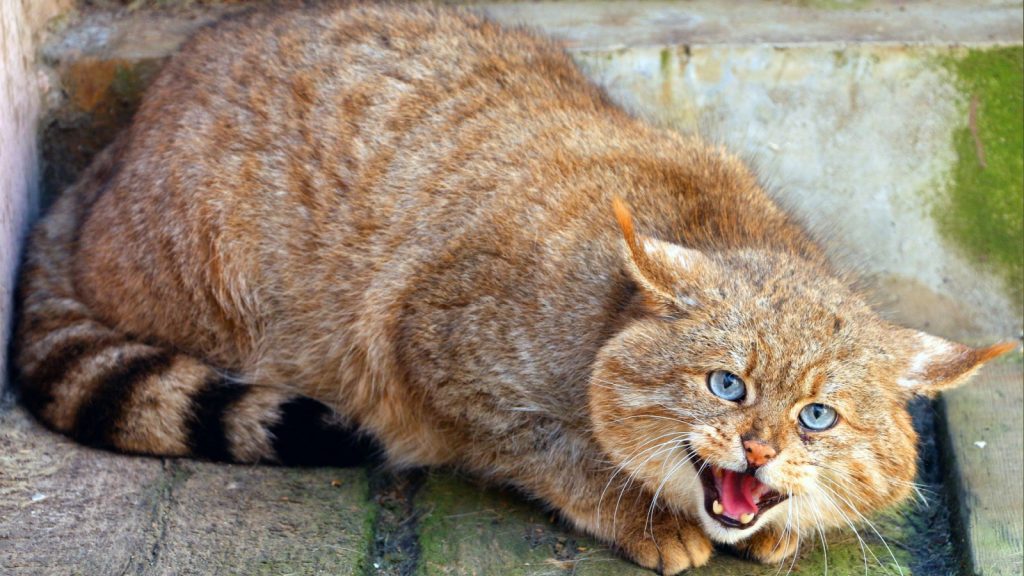
The Chinese mountain cat, found only in the northeastern parts of the Tibetan Plateau, is so rare that it wasn’t photographed in the wild until 2007. With its sandy-colored fur and distinctive rings on its tail, this cat is well-adapted to its high-altitude habitat. Sadly, it faces threats from habitat degradation and hybridization with domestic cats.
Caracal
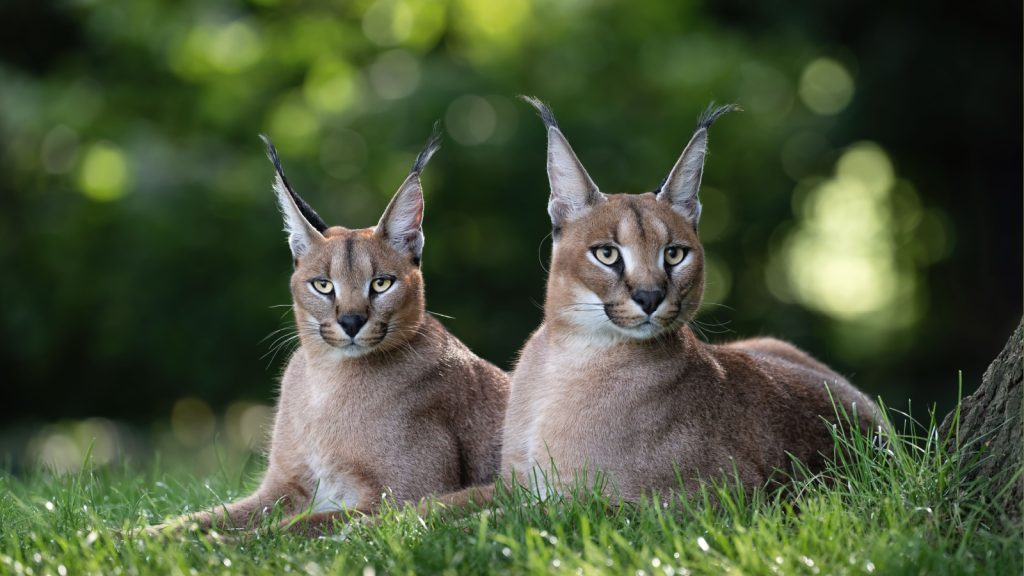
While slightly better known than some others on this list, the caracal deserves mention for its unique appearance and impressive abilities. Found across Africa and parts of Asia, this medium-sized cat is known for its long, tufted ears and incredible leaping ability. Despite its wide range, the caracal faces threats from habitat loss and human-wildlife conflict in many areas.

